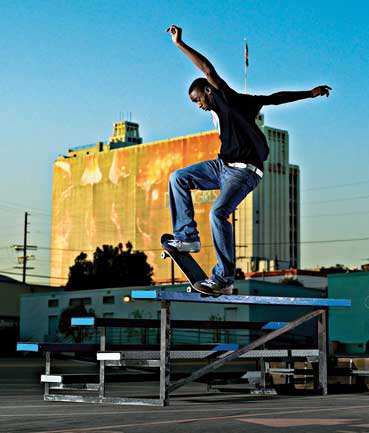Origins
1950-1963
Skateboarding began in California in the 1950's when surfers wanted something to surf when the waves were flat (they called it "sidewalk surfing"). The first skateboards were nothing more than wooden boxes or boards with roller skate wheels attached to the bottom. They became so popular that skateboard companies soon formed. They built better skateboards, with a rounded front like the boards of today. By 1963, over 50 million skateboards had been sold!
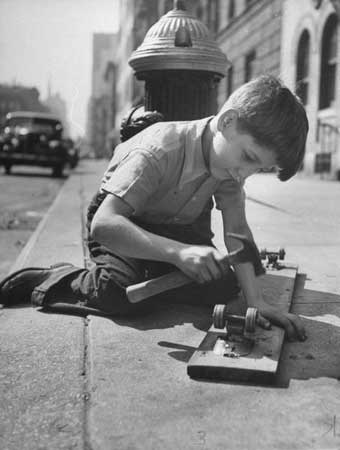
1966-1978
By 1966, concerns about skateboard injuries caused a big drop in sales. Kids did not wear helmets and pads back then, and the wheels were made of baked clay that skidded easily. But in 1972, a young surfer named Frank Nasworthy came up the idea of using wheels we have today, made of soft polyurethane. They gripped the ground like crazy! This created opportunities for a new generation of skateboarders. In 1978, Alan “Ollie” Gelfand developed a trick where he jumped with his skateboard seemingly attached to his feet. This trick, called the "Ollie," is now the basis for most skateboarding tricks today.
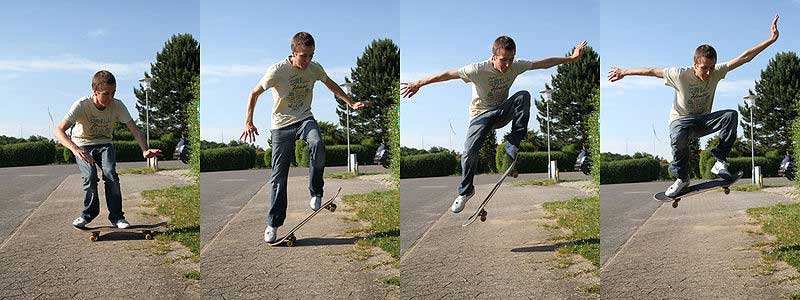
1978-1980s
Another source of innovation in the 1970s was the Zephyr Competition Team in Santa Monica, California. They started as surfers who were known for using a dangerous area (“Dogtown”) around an abandoned pier, so when they switched to skateboarding they used the same fast-paced, aggressive style, crouching down to keep a low center of gravity. During California's drought of 1976, they started skating in swimming pools that had been drained to save water. Zephyr member Tony Alva discovered he could skate up the side of a pool, do a 180 flip in the air, and come back in the other direction. The aerial was born! The Dogtown skaters became famous in competitions, and their style swept around the world, even to other sports like snowboarding and BMX bikes.
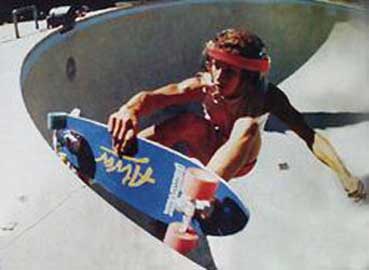
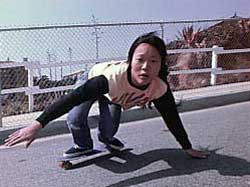
Skateboarding Today
Skateboarding today is much more diverse. It includes skaters of many skin colors and nationalities, and there are many more girls skating today. But it wasn't always that way. Terry Kennedy, an African American who goes by the name T.K., was the first black skateboarder to be a commercial success. Kennedy grew up in Compton; a neighborhood in California with a lot of violence and gang activity. He was often called “white boy” just because no one was accustomed to a black kid skating. But his hard work and courage paid off. T.K. made so much money from his competitions and sponsorships that he started his own clothing label, Fly Society. He has his own character in an EA Sports video game, and he even has his own reality show on the BET channel: “Being Tyler Kennedy.”
